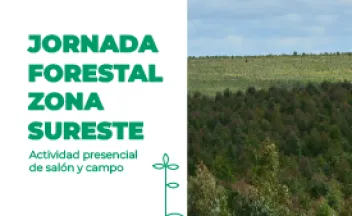Consolidating twenty-three years of historical data from an irrigated subtropical rice breeding program in Uruguay.

Breeding programs generate vast amount of data which are often scattered in separate files. This hinders the application of modern breeding tools such as multi-environment analyses and genomic selection. This research work describes the process of consolidating 23 years of phenotypic, pedigree, and genomic records from the Uruguayan national rice (Oryza sativa L.) breeding program, and the features and structure of the resulting database.


